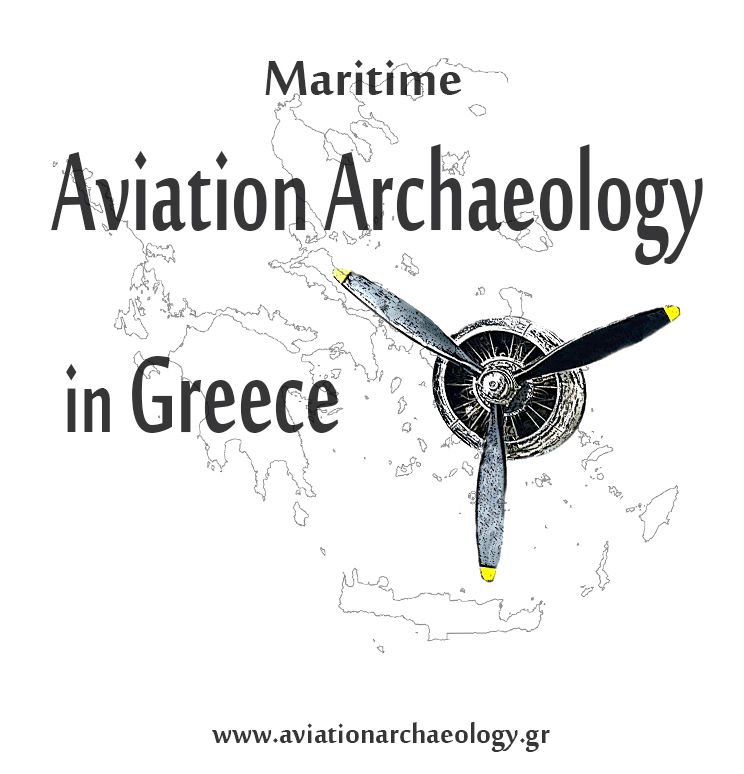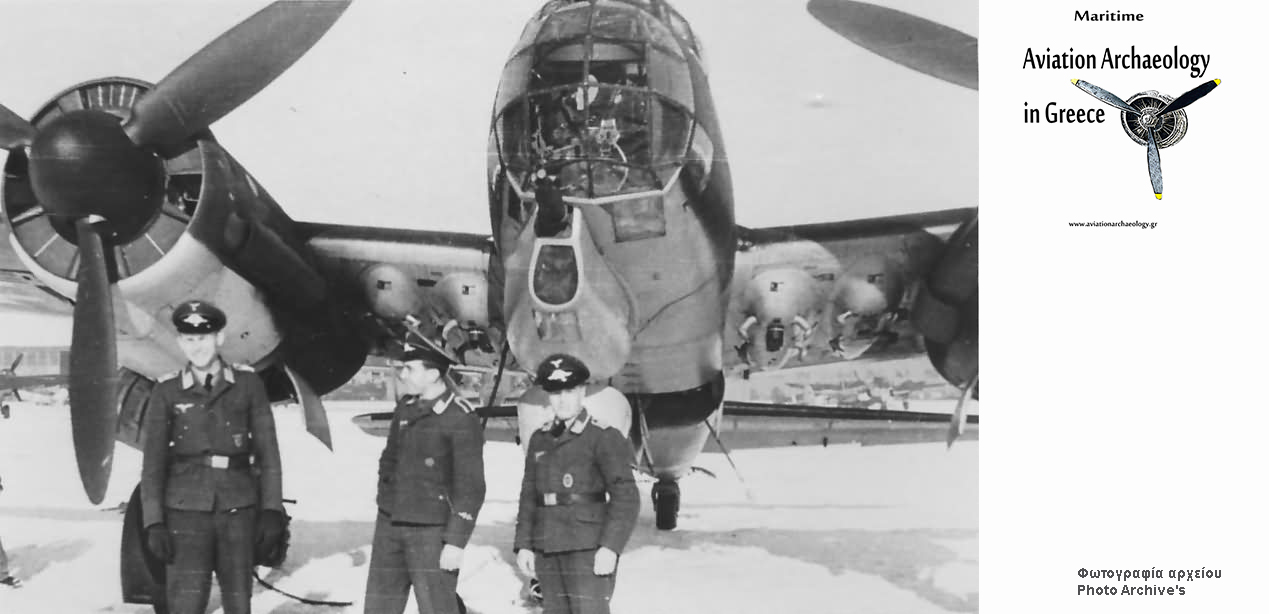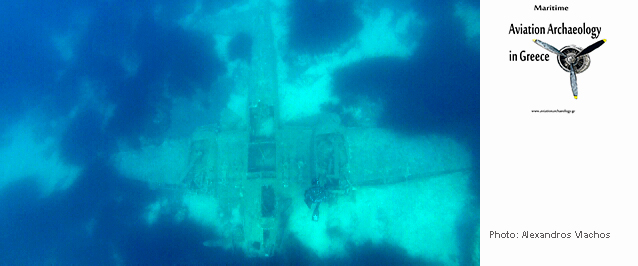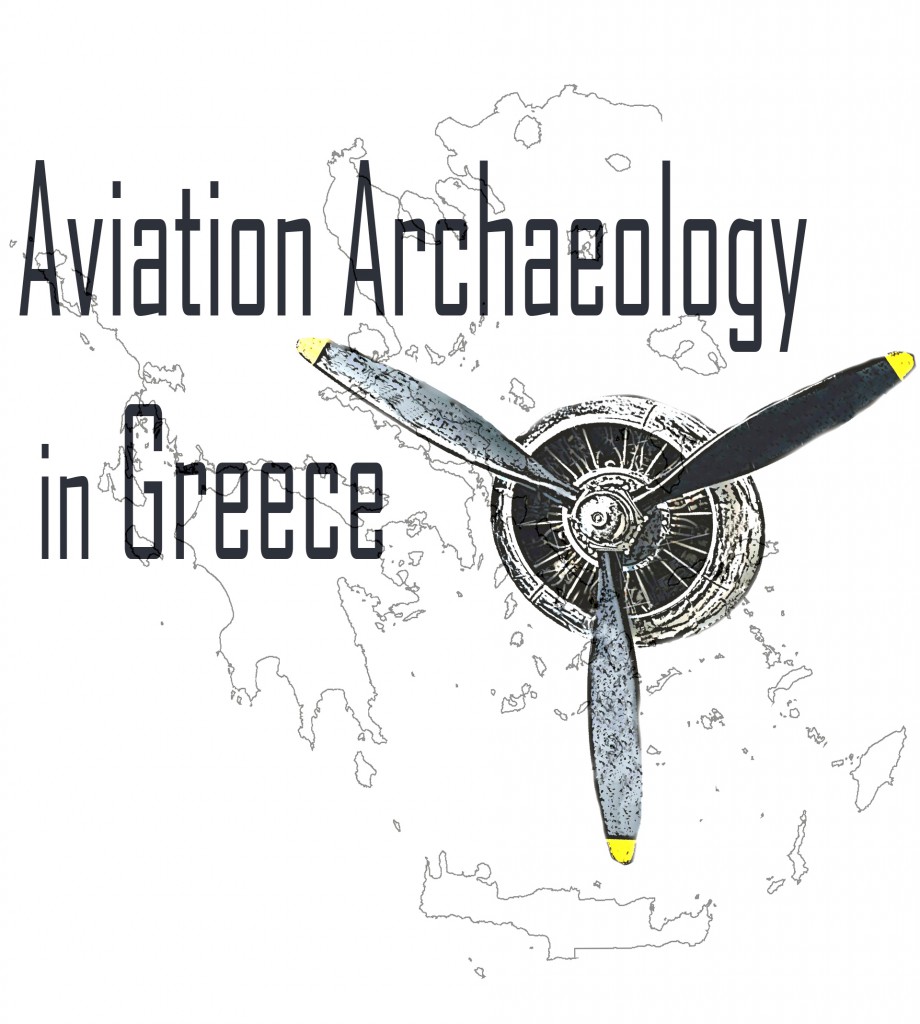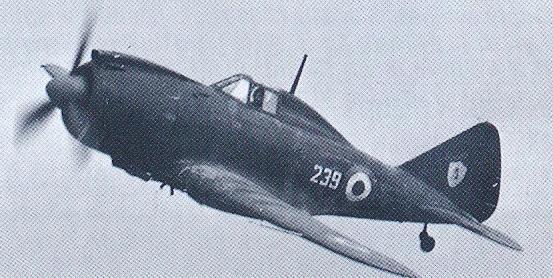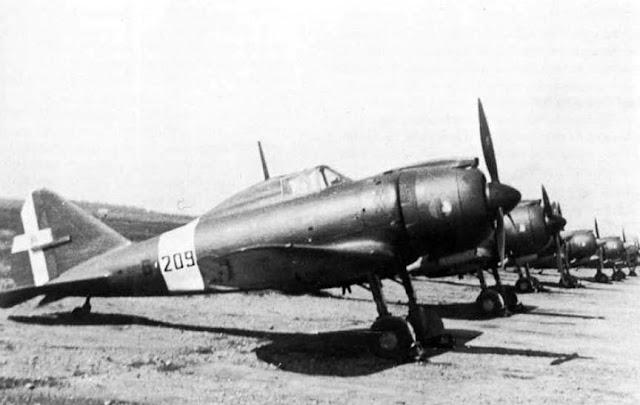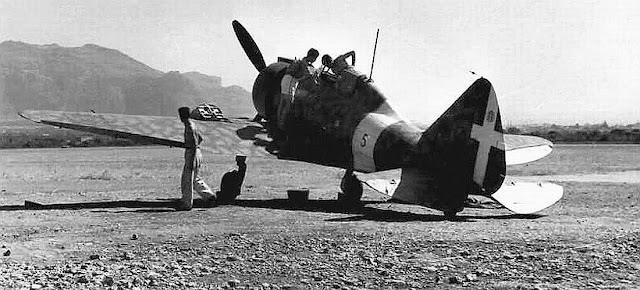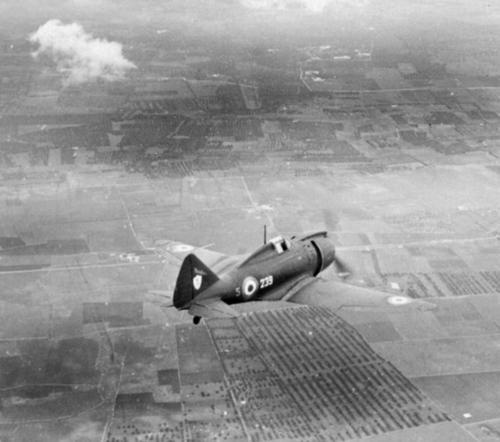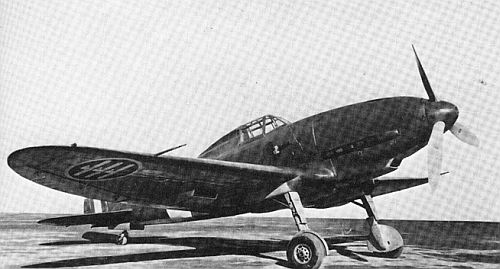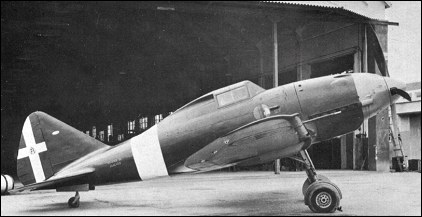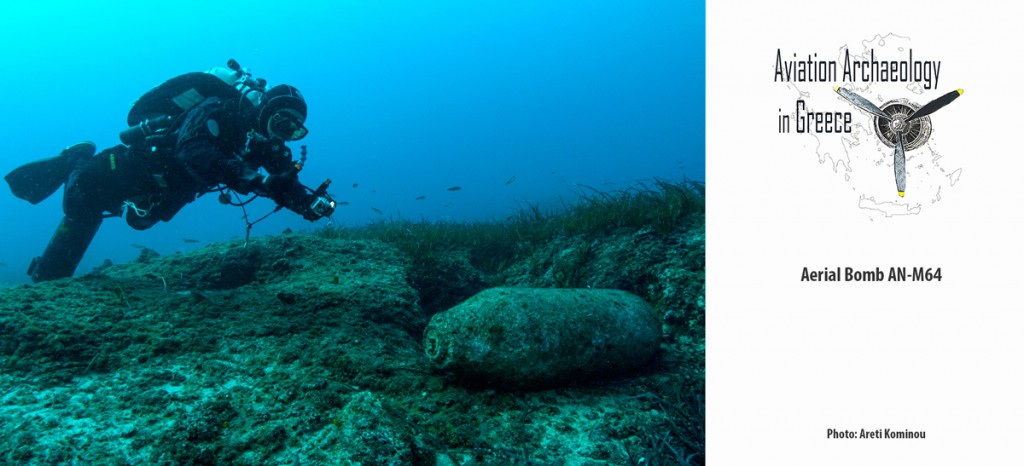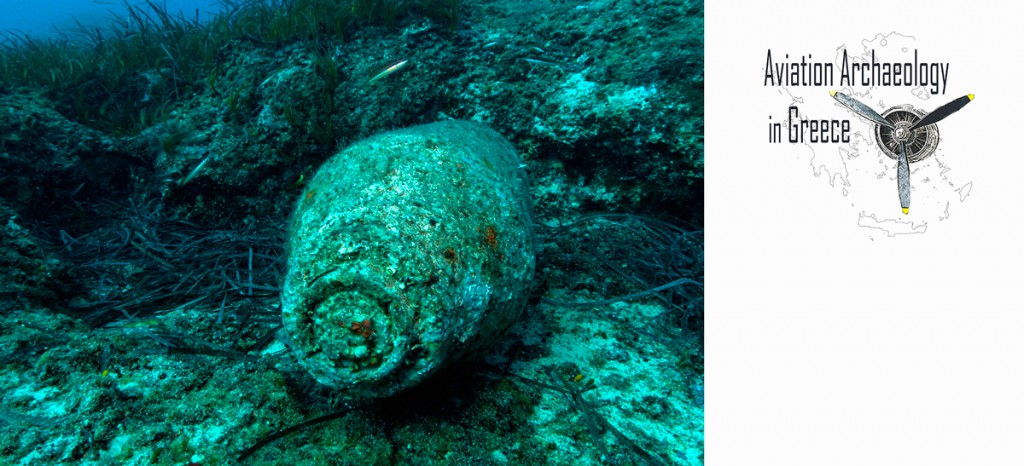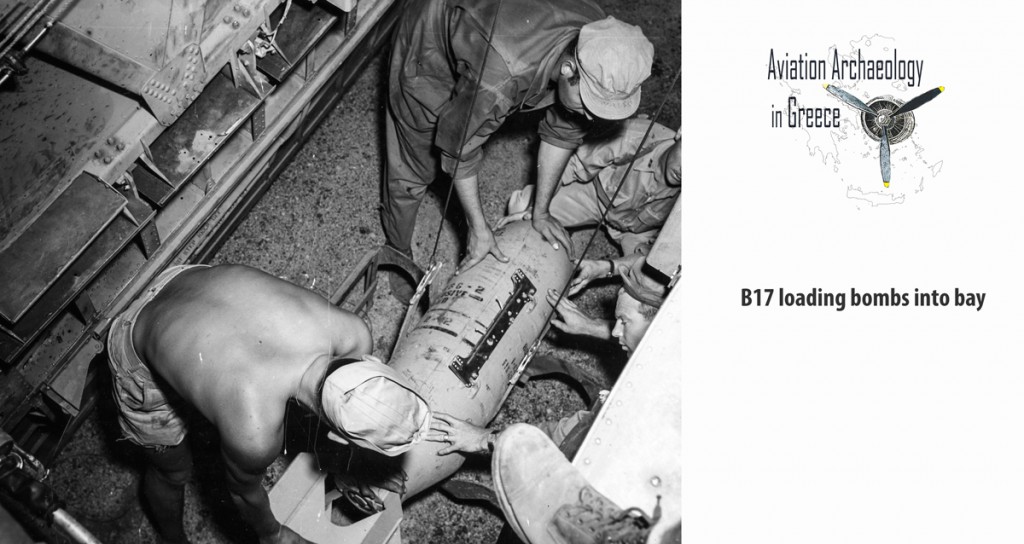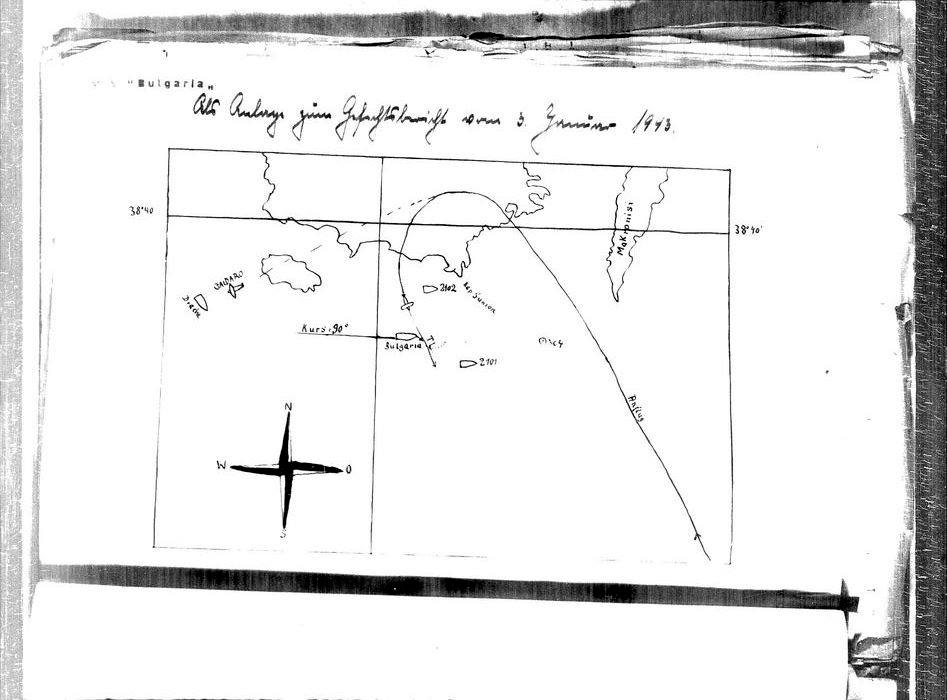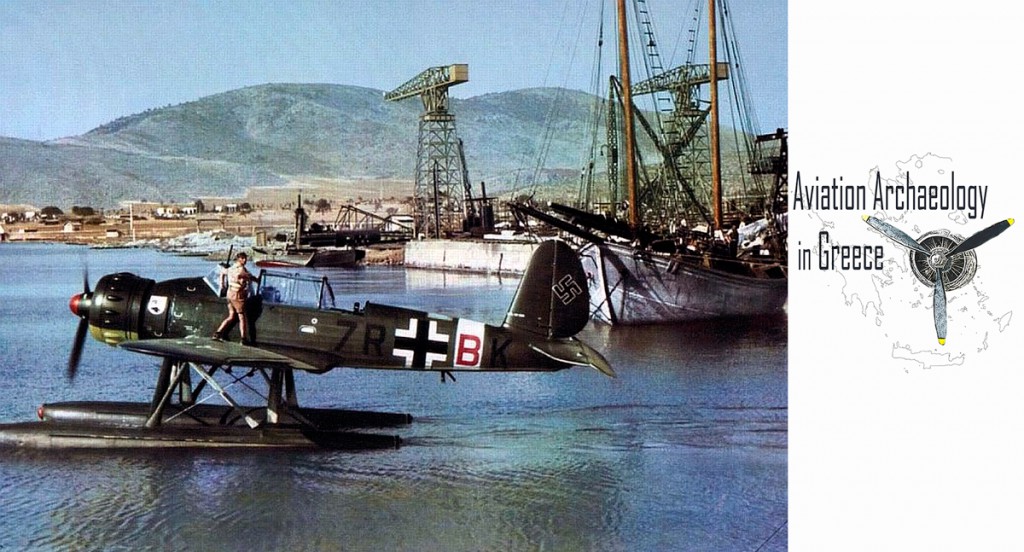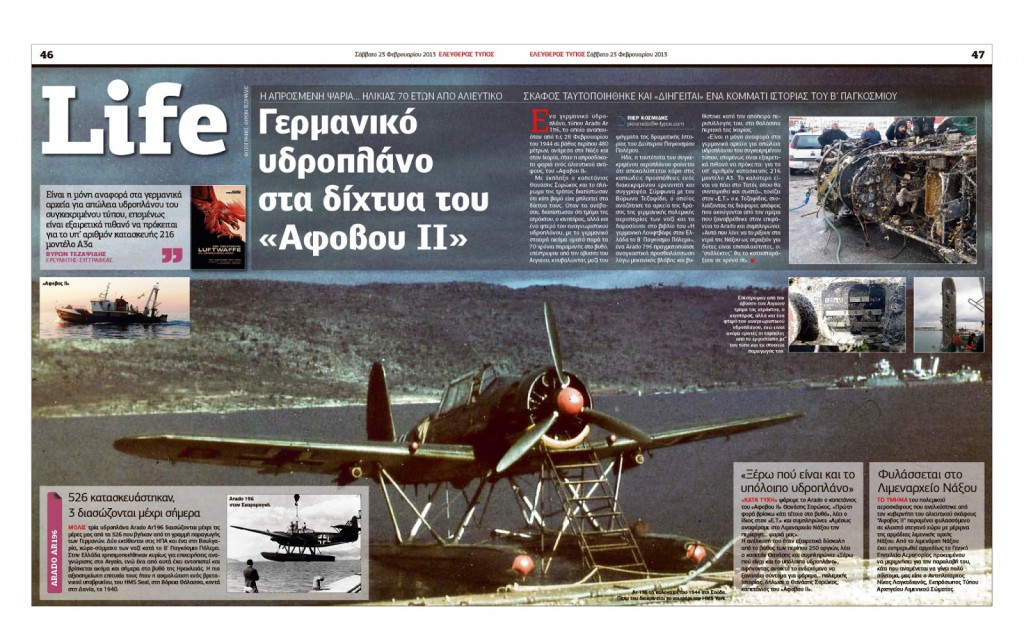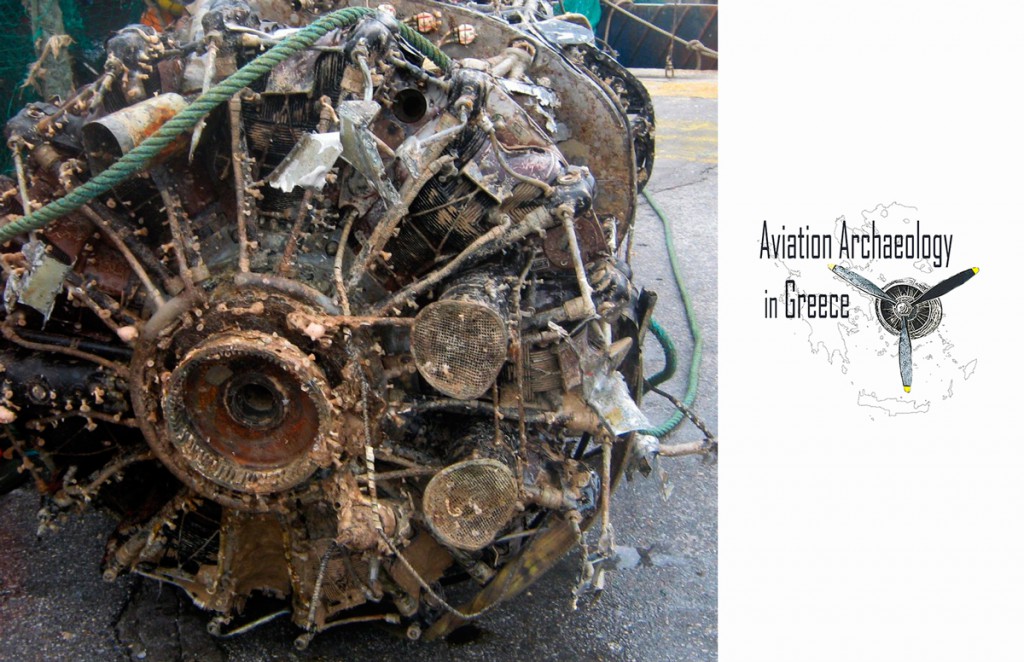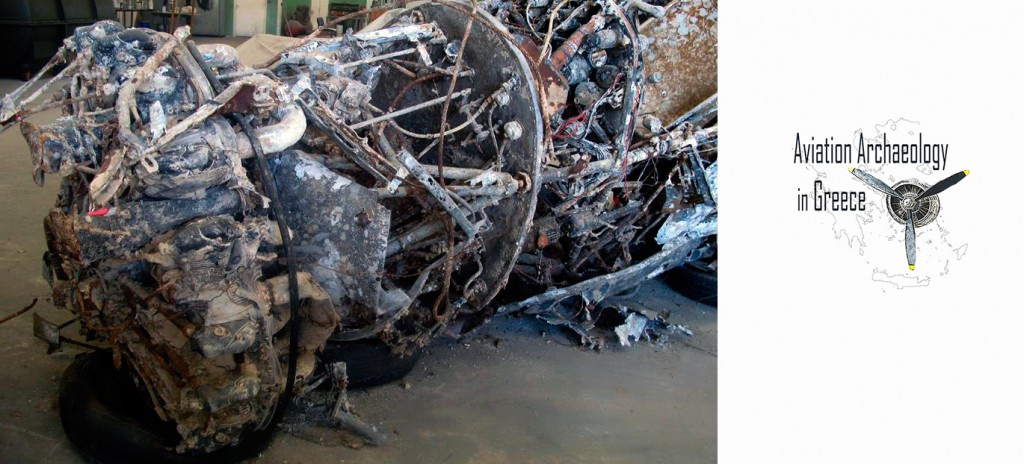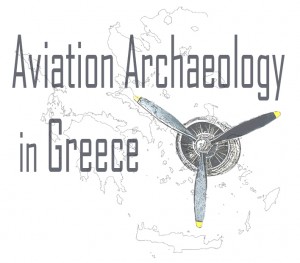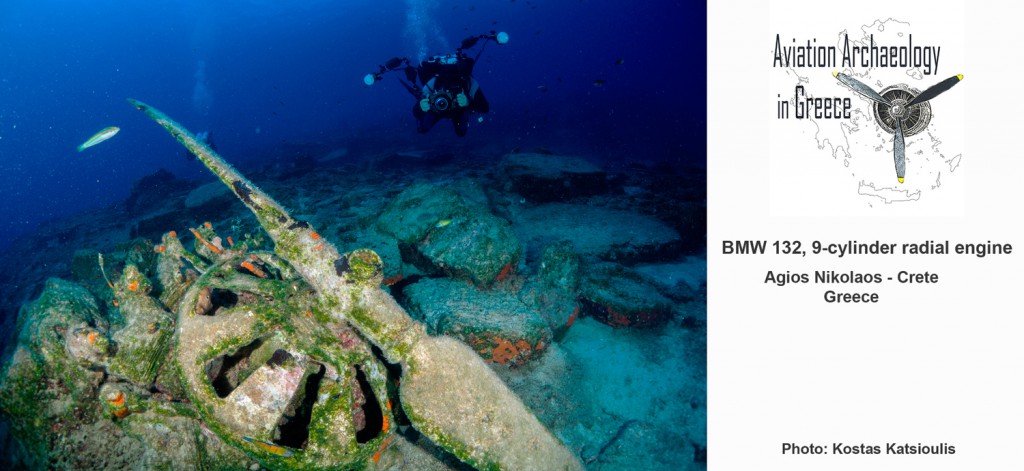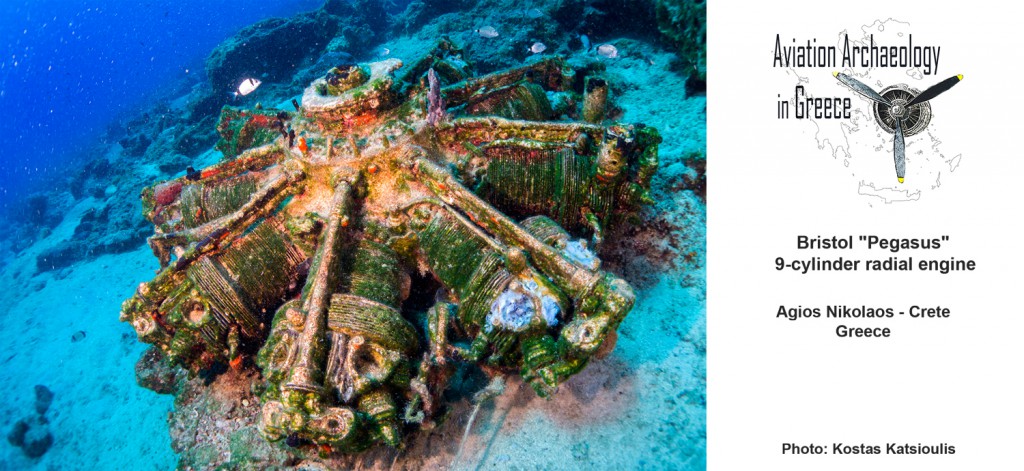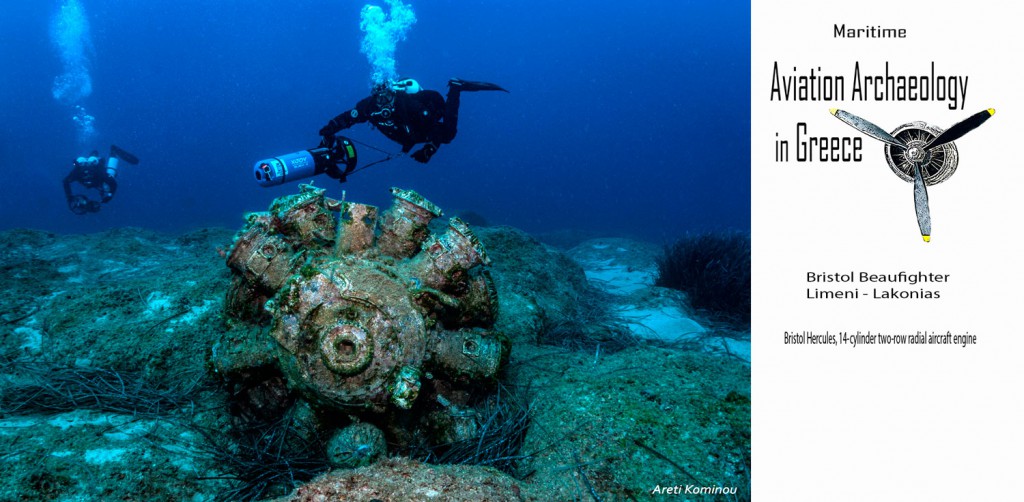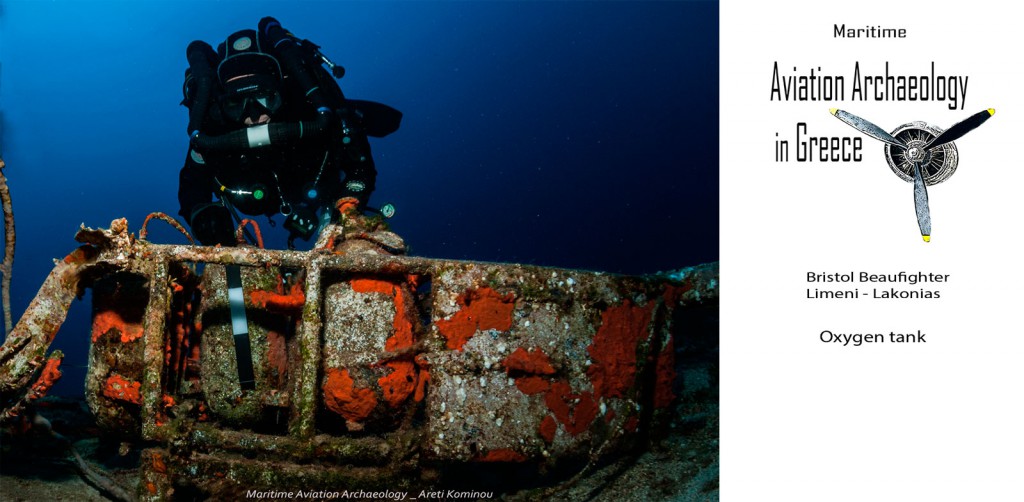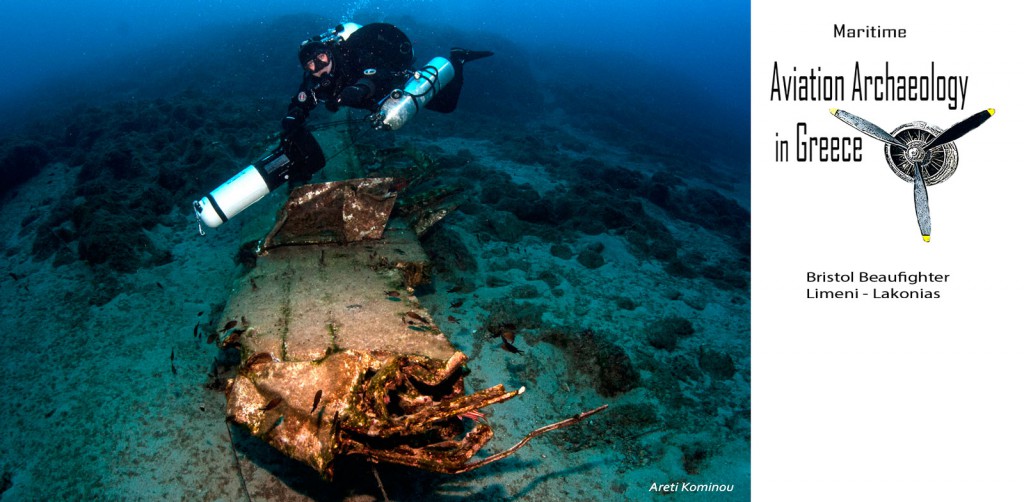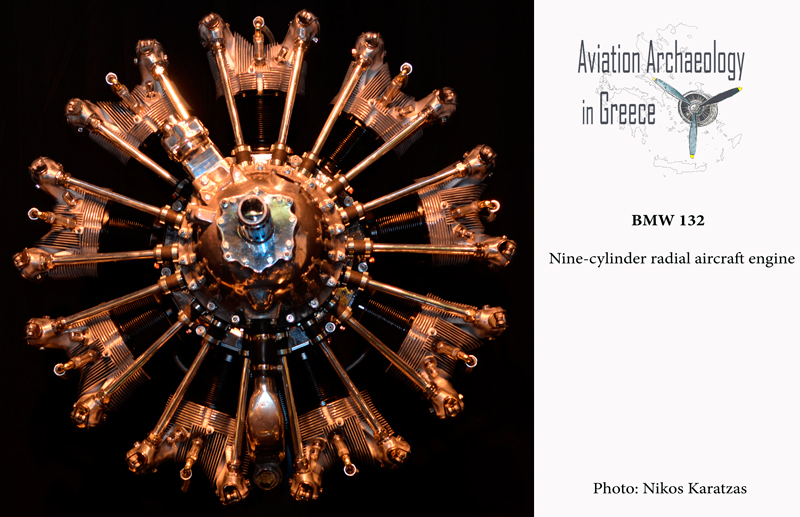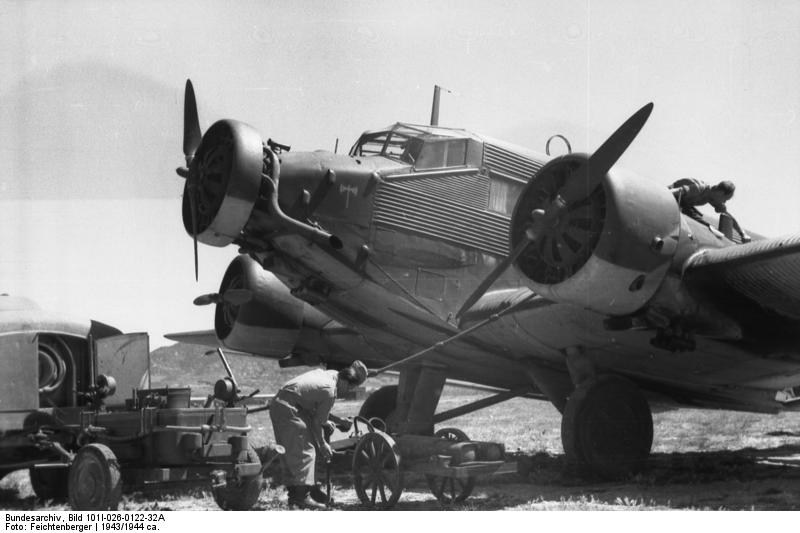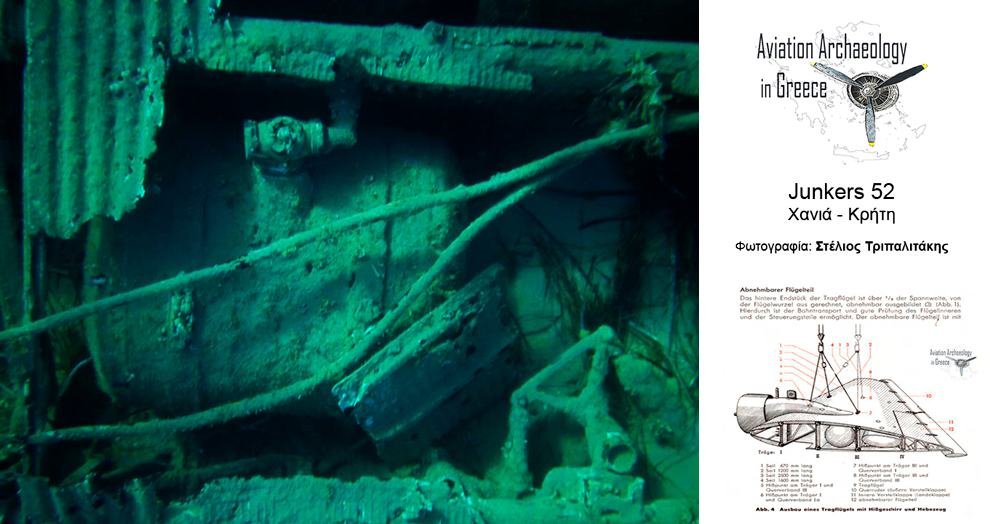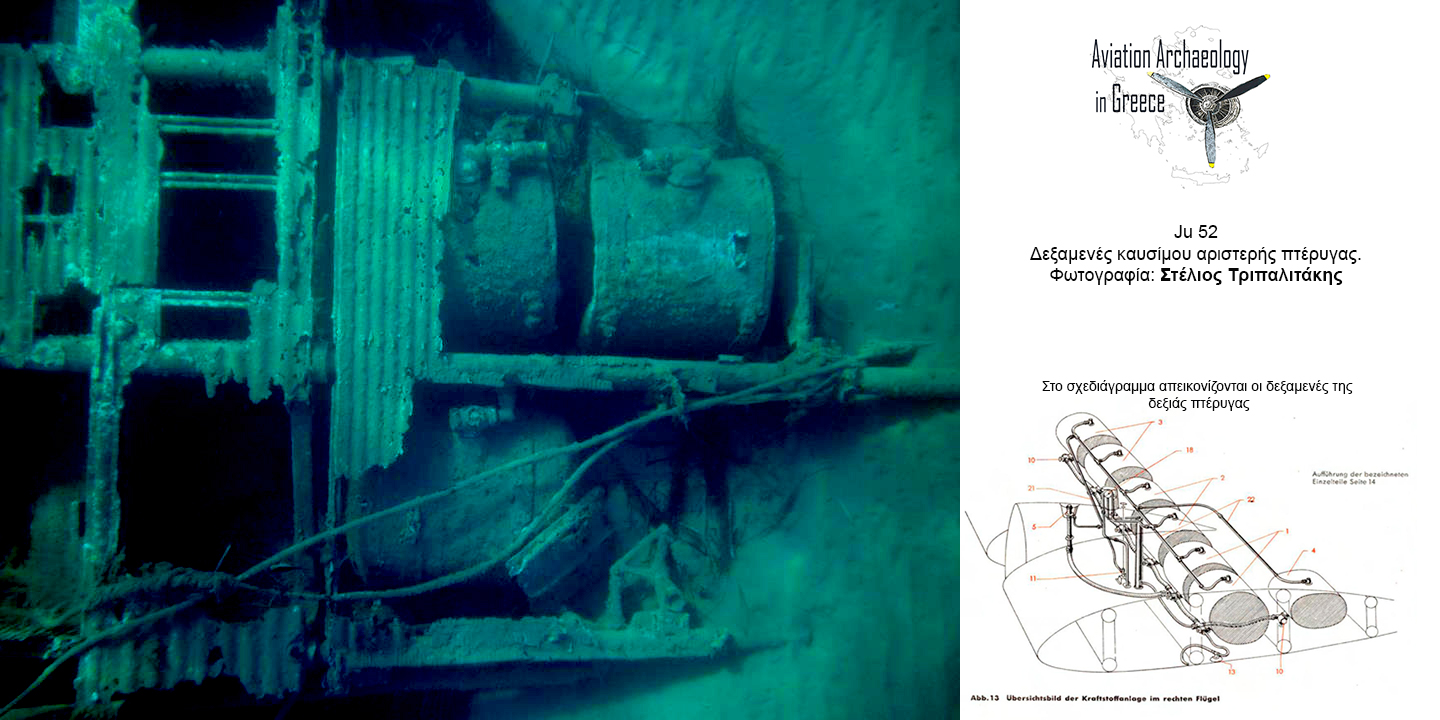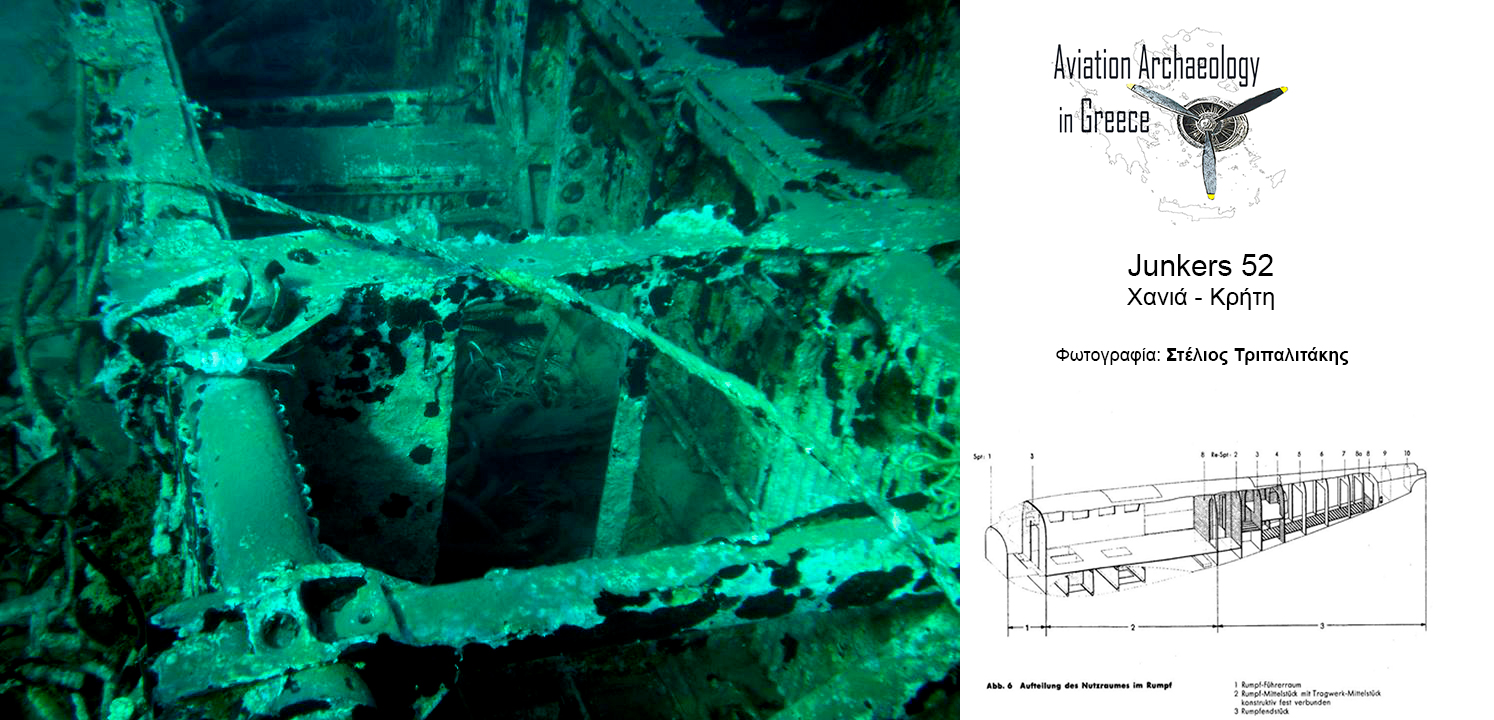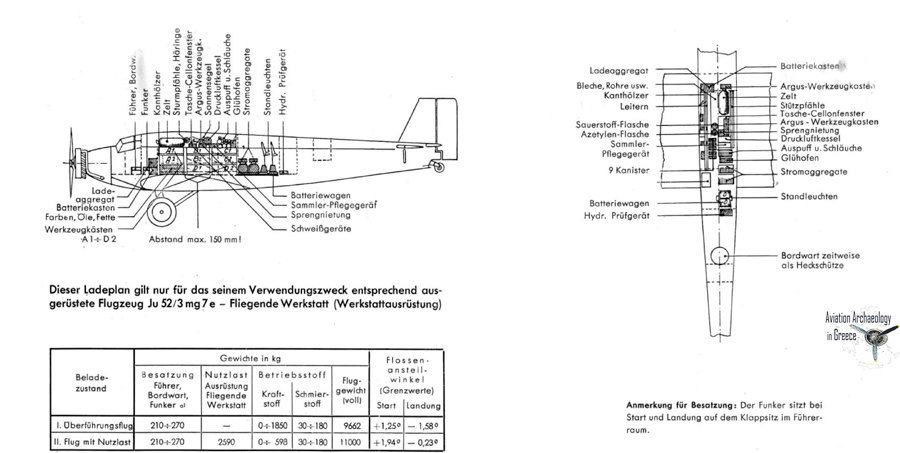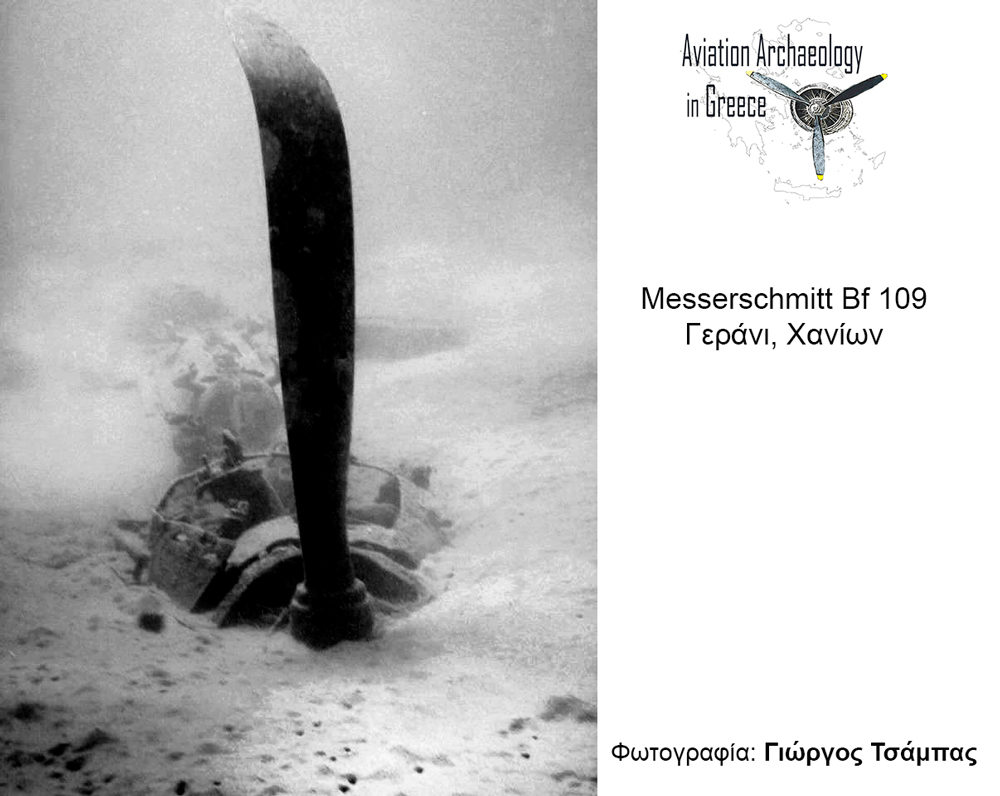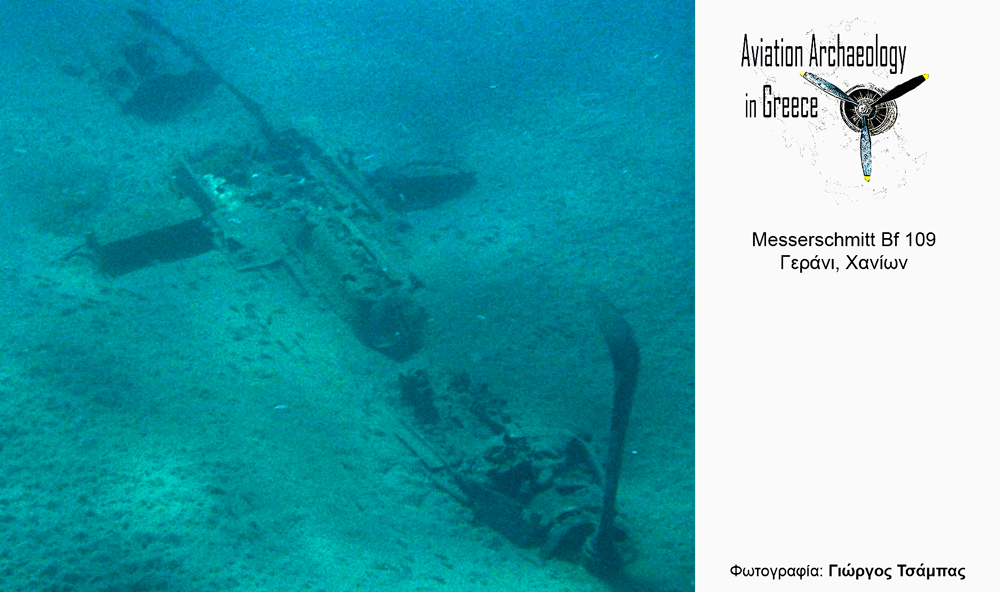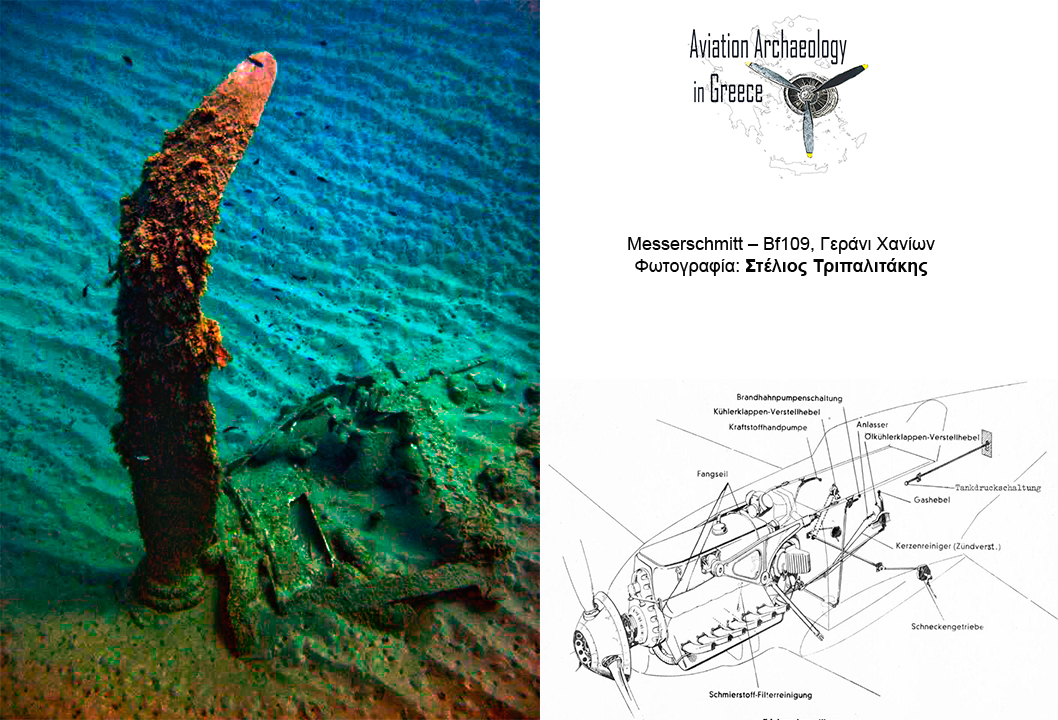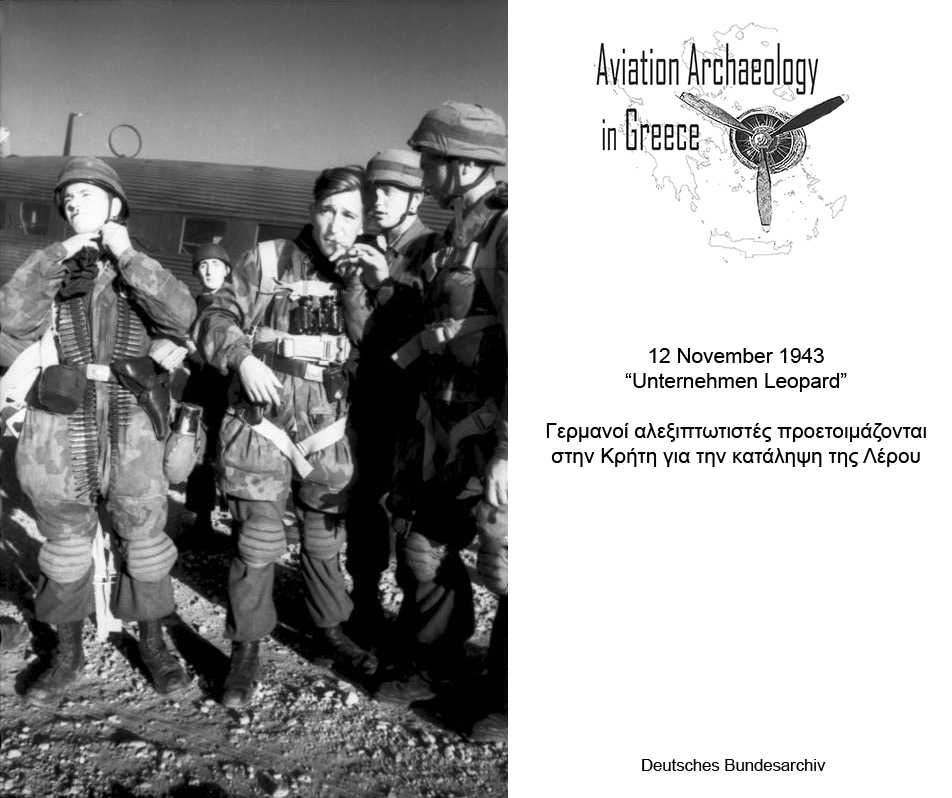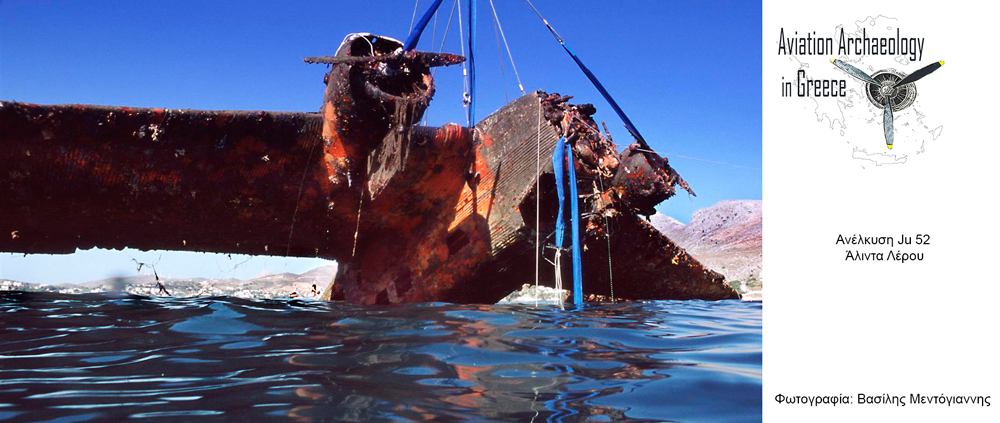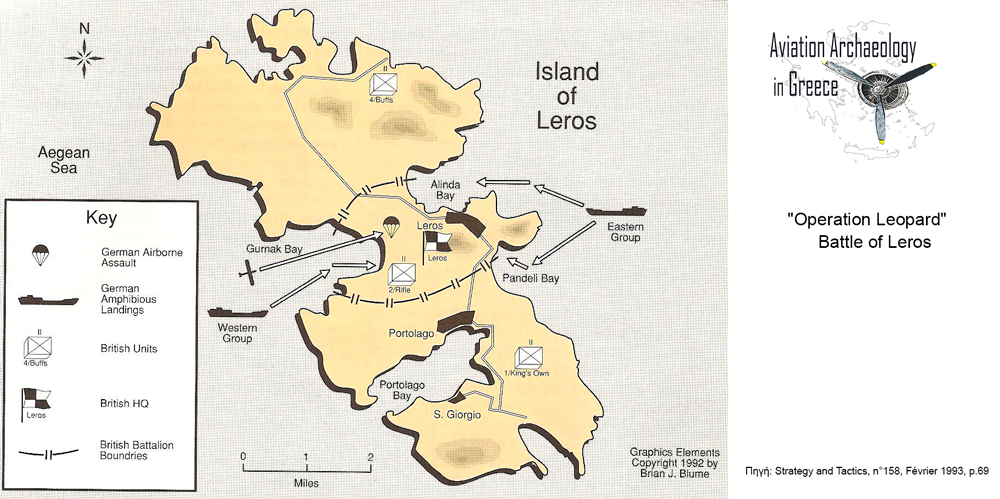![]() To αεροσκάφος εντοπίστηκε από ομάδα ελεύθερης κατάδυσης βορειοδυτικά της Κέρκυρας. Πρόκειται για γερμανικό ελαφρύ βομβαρδιστικό αεροσκάφος τύπου Junkers 88.
To αεροσκάφος εντοπίστηκε από ομάδα ελεύθερης κατάδυσης βορειοδυτικά της Κέρκυρας. Πρόκειται για γερμανικό ελαφρύ βομβαρδιστικό αεροσκάφος τύπου Junkers 88.
Το Ju88 ήταν δικινητήριο πολλαπλού ρόλου πολεμικό αεροσκάφος το οποίο χρησιμοποιούσε η Luftwaffe στη διάρκεια του 2ου Παγκοσμίου Πολέμου. Το Ju 88 είχε εκπέτασμα πτερύγων 18 μέτρα και μήκος 15 μέτρα ενώ η πρώτη πτήση του τύπου πραγματοποιήθηκε τον Δεκέμβριο του 1936.
To Ju88 σχεδιάστηκε για να ανταποκριθεί στις απαιτήσεις ενός μέσου βομβαρδιστικού με υψηλές ταχύτητες και ταυτόχρονα να έχει την δυνατότητα καθέτων εφορμήσεων. Ο σχεδιασμός ξεκίνησε τον Ιανουάριο του 1936, με υπεύθυνους τους WH Evers και Alfred Gassner . Το πρωτότυπο του Junkers Ju 88Α / Ju 88V12 πέταξε για πρώτη φορά στις 21 Δεκεμβρίου 1936, με κινητήρες από την Daimler-Benz DB 600A, με απόδοση 1.000 ίππων. Δυστυχώς κατά την δοκιμή το πρωτότυπο συνετρίβη. Ένα χρόνο μετά, τον Σεπτέμβριο του 1937, ολοκληρώθηκε ένα νέο πρωτότυπο στο οποίο χρησιμοποιήθηκαν κινητήρες Junkers Jumo 211, με απόδοση 1.200 ίππων. Το πρωτότυπο Ju 88 τον Μάρτιο του 1939 θέτει, ορίζει νέο ρεκόρ μεταφέροντας 2 τόνους σε μία κυκλική διαδρομή 1000 χιλιομέτρων με μέση ωριαία ταχύτητα 320mph/517kph. Η Junkers Flugzeug und Motorenwerke AG σταμάτησε την παραγωγή το 1945. Η συνολική παραγωγή του Ju88 έφτασε τα 10.774 αεροσκάφη.
Το Ju 88 βρίσκεται σε αντίστροφος θέση ως προς το βυθό. Στα φτερά διακρίνεται η έδραση των κινητήρων, οι θέσεις ανάκλησης των τροχών καθώς και οι βάσεις βομβών.
Στο πίσω μέρος της φωτογραφίας διακρίνεται ο ουραίος τροχός. Η καταπακτή (bomb bay) από την οποία γινόταν οι ρίψεις βομβών είναι ανοικτή ενώ τα flaps έχουν αποκολληθεί. Το ουραίο τμήμα του αεροσκάφους έχει παραμείνει σχεδόν ανέπαφο.
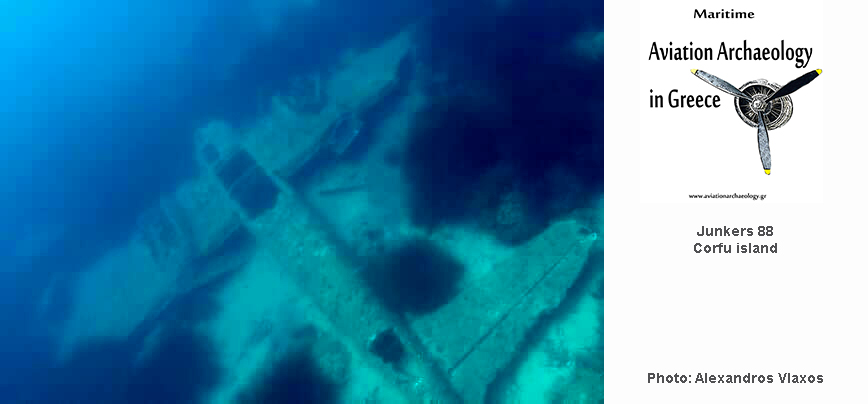
Oι φωτογραφίες τεκμηρίωσης είναι του Αλέξανδρου Βλάχου.
- Video1: Junkers 88 – Corfu Island
- Video2: Junkers 88 – Corfu Island
Δεν έχουν βρεθεί τα ακριβές στοιχεία του Ju 88. Κάποιες απώλειες Ju 88 στην ευρύτερη περιοχή που μπορεί να ταυτιστούν με το αεροσκάφος είναι:
- Ju 88, Werk # 5277 το οποίο άνηκε στην LG 1 – Lehrgeschwader 1 (Demonstration Wing 1), όπου στις 26 Ιουνίου 1941 πραγματοποίησε αναγκαστική προσγείωση λόγω βλάβης.
- Ju 88 A4, Werk # 3684 (B3+RL) . To Ju 88 άνηκε στις δυνάμεις της I/54 Kampfgeschwader / 3 Staffel, στις 21/08/1942 δέχτηκε πυρά ενώ πετούσε στη θαλάσσια περιοχή της Κέρκυρας.
- Ju 88 D1 (trop) Werk # 430076 „F6 + AH“ Στις 10 Φεβρουαρίου 1944, καταρρίφθηκε κατά τη διάρκεια αερομαχίας κοντά στο Μπαρμπάτι, Κέρκυρα.
To Ju 88D1 βασίζεται στην έκδοση του Ju 88 Α-4. Βελτιωμένη έκδοση με μεγαλύτερο άνοιγμα των φτερών λόγω επανασχεδιασμού ακροπτερυγίων. Ισχυρότερος αμυντικός οπλισμός. Κινητήρες Jumo 211 J-1 ή J-2 κινητήρες (1410 hp) με ξύλινες έλικες. Ενισχυμένο σύστημα προσγείωσης. Πρόβλεψη για τέσσερις εξωτερικές βάσεις βομβών.
![]() Τhe aircraft was found northwest of Corfu from Freediving team.
Τhe aircraft was found northwest of Corfu from Freediving team.
This is German light bomber Junkers 88 aircraft type. The Junkers Ju 88 was a German World War II Luftwaffe twin-engined multirole combat aircraft. Designed by Junkers Flugzeug- und Motorenwerke (JFM) in the mid-1930s to be a so-called Schnellbomber („fast bomber“) which would be too fast for any of the fighters of its era to intercept, it suffered from a number of technical problems during the later stages of its development and early operational roles, but became one of the most versatile combat aircraft of the war. Like a number of other Luftwaffe bombers, it was used successfully as a bomber, dive bomber, night fighter, torpedo bomber, reconnaissance aircraft, heavy fighterand even, during the closing stages of the conflict in Europe, as a flying bomb. (https://en.wikipedia.org/wiki/Junkers_Ju_88)
Losses
Losses in Corfu island:
- Ju 88 werk # 5277 which belonged to LG 1 – Lehrgeschwader 1 (Demonstration Wing 1), where on June 26, 1941 made an emergency landing due to damage.
- Ju 88D-1 (Trop) Werk # 430076 „F6 + AH“ KIA 10 February, 1944; shot down during aerial combat near Barbati, on the Isle of Corfu after scoring a victory of his own. Remaining crew (KIA): Uffz Rudolf Kainzbauer, Obs; Uffz Franz Hagemann and Ogefr Herbert Beier.
- Ju 88 A4, Werk # 3684 (B3+RL) , KG54. On Aug.21, 1942 shot down by flak into the sea of Corfu island. Jan 1942 – Stab, I and III Gruppe formerly KGr 806 (Küstenfliegergruppe 806 /Kampfgruppe 806) transferred to Catania (Sicily) at the beginning of the month. Commenced operations against Malta, flights to North Africa and anti-shipping strikes over the Med.
Ju 88D-1 variant based on Ju 88 A-4. Improved variant. Longer wingspan, due to redesigned wingtips. Stronger defensive armament. Power provided by Jumo 211 J-1 or J-2 engines (1410 hp)driving wooden bladed propellers. Reinforced undercarriage. Provision for four external bomb racks.

Junkers- Ju 88
